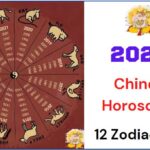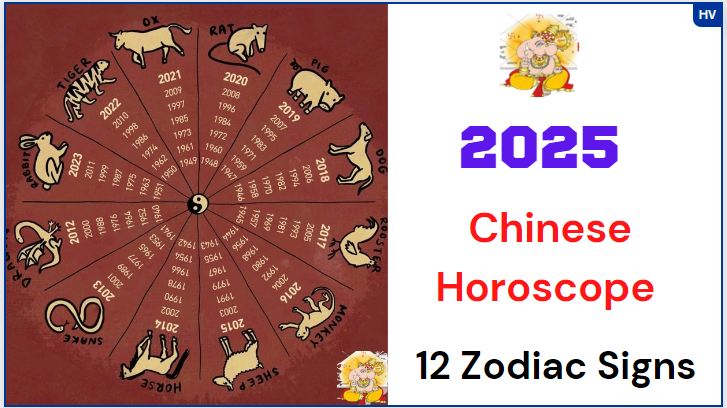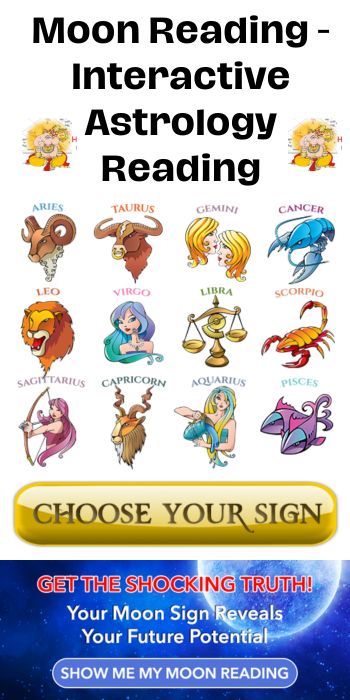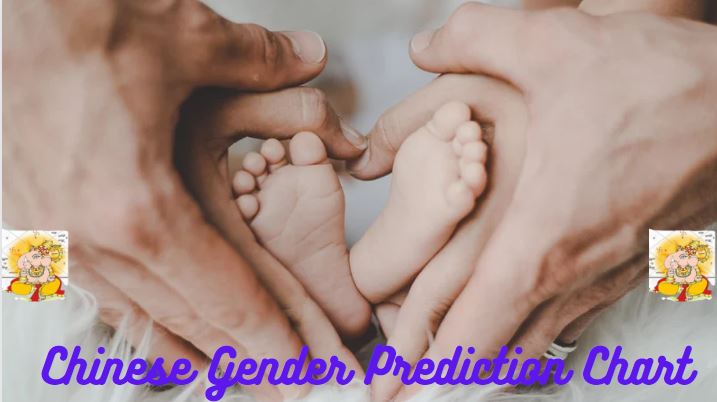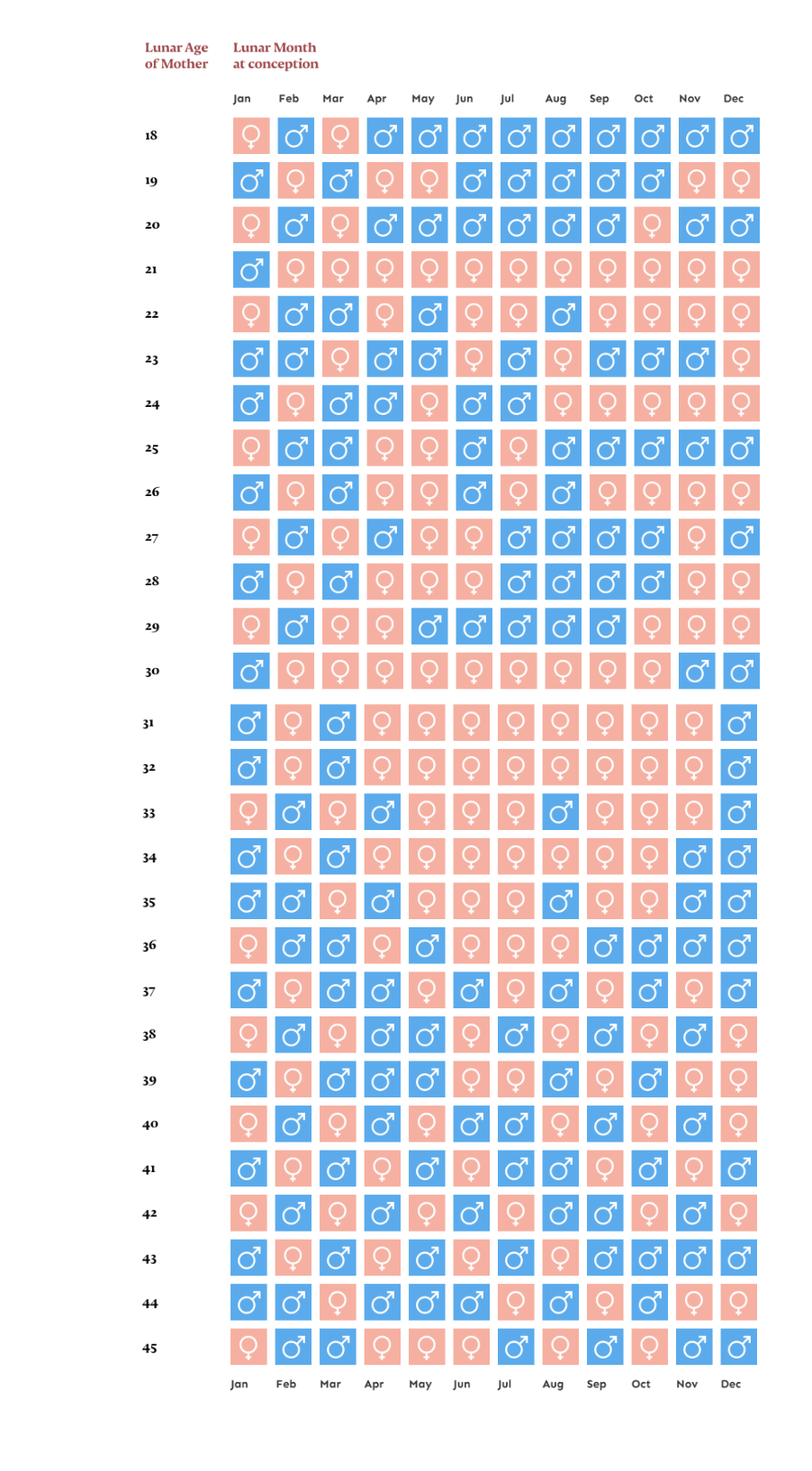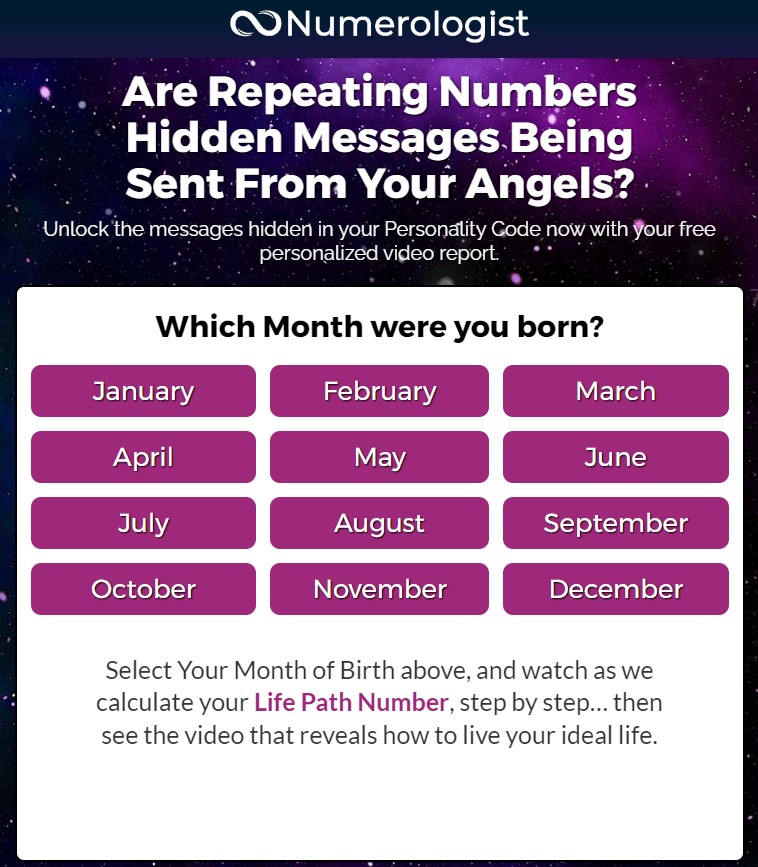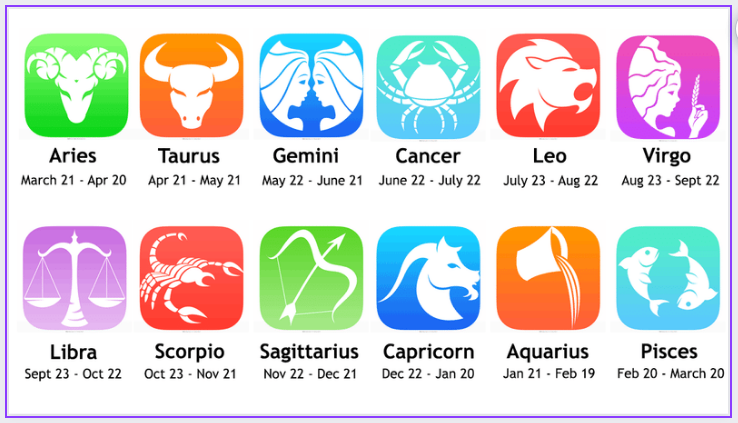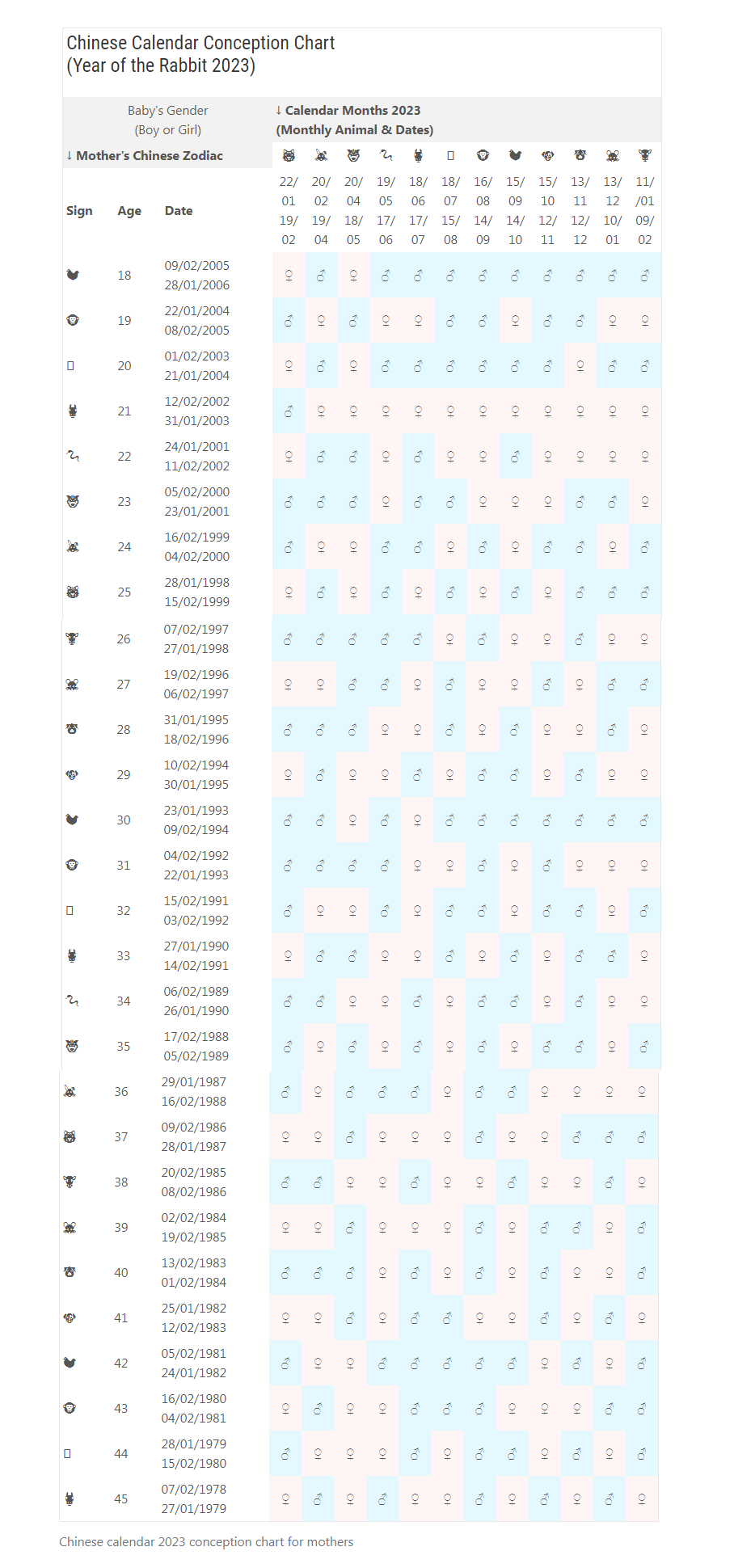Discover what the stars hold for you in the Chinese daily horoscope for June 7, 2025. Get clear guidance for all 12 zodiac signs today.
Chinese astrology offers a unique way to understand the day ahead by linking the energy of each zodiac sign to cosmic rhythms. On June 7, 2025, the stars align to bring insights that can help you move through the day with confidence and clarity. This daily horoscope covers all 12 Chinese zodiac signs, offering guidance on what to expect and how to make the most of the moment. Whether you seek advice on relationships, career, or personal growth, the Chinese daily horoscope for June 7, 2025 shares valuable clues to help you stay grounded and prepared.
Overview of Chinese Zodiac Signs
Understanding the Chinese zodiac signs helps you connect with the energy that shapes the day. Each animal symbolizes unique traits and rhythms that influence personality and fortune. For the Chinese daily horoscope for June 7, 2025, knowing the essence of each sign sets a clear foundation to interpret what the stars have in store. Here’s a guide to the 12 zodiac signs and their core characteristics.
The Rat: Quick-Witted and Versatile
Rats are sharp thinkers who adapt easily to change. They approach challenges with clever solutions, making them excellent problem solvers. Their curious nature keeps them lively and ready to explore new opportunities. On June 7, 2025, Rats may find success by trusting their instincts and staying flexible.
The Ox: Strong and Dependable
The Ox stands for patience and steady strength. They work hard and focus on long-term goals without losing sight of their principles. Their calm demeanor inspires trust in others. This day could ask Oxen to rely on their inner resolve and maintain their steady pace.
The Tiger: Brave and Confident
Tigers bring courage and a bold spirit to everything they do. They face challenges head-on, fueled by confidence and passion. Tigers tend to inspire those around them with their energy. On this day, the Tiger’s daring approach might open doors to exciting possibilities.
The Rabbit: Gentle and Cautious
Rabbits have a soft, thoughtful nature. They prefer to think carefully before acting, valuing harmony and kindness. Their cautious approach helps them avoid unnecessary risks. June 7, 2025 suggests a time for Rabbits to lean on their intuition and avoid rushing decisions.
The Dragon: Energetic and Charismatic
Dragons radiate power and magnetism. Their energy ignites enthusiasm in any room, making them natural leaders. They take pride in their creativity and strength. This day may highlight opportunities for Dragons to channel their vibrant presence constructively.
The Snake: Wise and Mysterious
Snakes exude a quiet intelligence and an air of mystery. They observe keenly and often uncover hidden truths. Their wisdom helps them navigate complex situations with calmness. On June 7, Snakes might find value in patience and deep reflection.
The Horse: Energetic and Free-spirited
Horses bring a lively, independent energy to all they pursue. They crave freedom and embrace life with enthusiasm. Horses often inspire others to follow their lead. The day may call for Horses to balance their drive with thoughtful planning.
The Goat: Calm and Creative
Goats are gentle souls with a rich creative streak. They prefer peaceful surroundings and often bring artful ideas to life. Their calm is a steady force in chaotic moments. On June 7, 2025, Goats may find joy in expressing themselves and nurturing their inner peace.
The Monkey: Smart and Playful
Monkeys combine sharp intellect with a fun-loving attitude. Their playful nature invites spontaneity and joy. They excel at thinking on their feet and solving puzzles. This day might reward Monkeys who stay curious and open to new experiences.
The Rooster: Observant and Hardworking
Roosters are detail-oriented and disciplined. They take pride in their efforts, often inspiring others with their work ethic. Their keen eyes catch what others miss. On this day, Roosters can focus on precision and completing tasks efficiently.
The Dog: Loyal and Honest
Dogs are known for their loyalty and strong sense of justice. They value honesty and act with integrity. Their protective nature makes them dependable friends. June 7 invites Dogs to trust their moral compass and support those they care about.
The Pig: Compassionate and Generous
Pigs have warm hearts and generous spirits. They give freely and expect little in return. Their kindness attracts goodwill and happiness. This day encourages Pigs to share their warmth and spread positivity in their circles.
